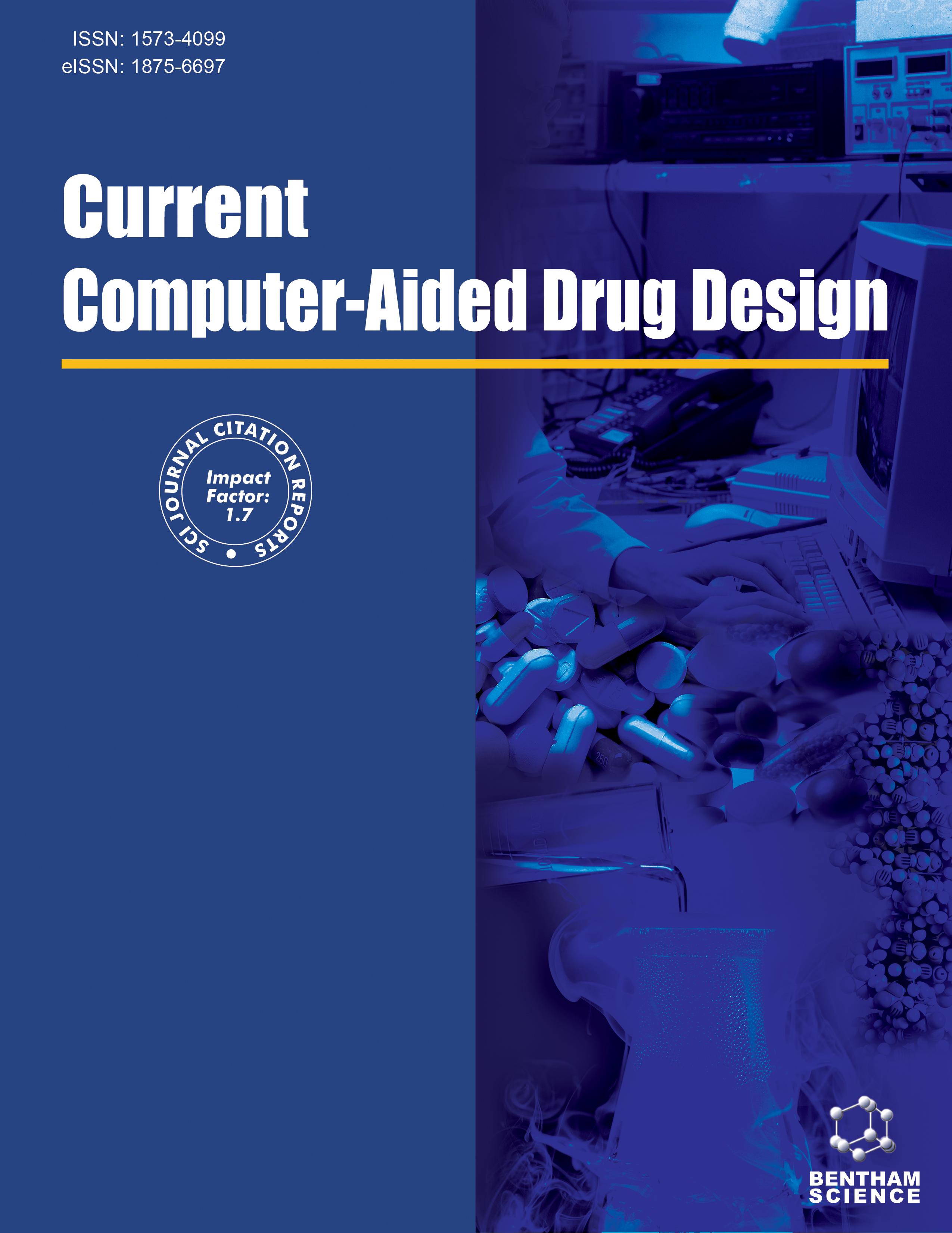
Full text loading...
Non-alcoholic Fatty Liver Disease (NAFLD) has become a significant health and economic burden globally. Yinchenhao decoction (YCHD) is a traditional Chinese medicine formula that has been validated to exert therapeutic effects on NAFLD.
The current study aimed to explore the pharmacological mechanisms of YCHD on NAFLD and further identify the potential active compounds acting on the main targets.
Compounds in YCHD were screened and collected from TCMSP and published studies, and their corresponding targets were obtained from the Swisstargetprediction and SEA databases. NAFLD-related targets were searched in the GeneCards and DisGeNet databases. The “compound-intersection target” network was constructed to recognize the key compounds. Moreover, a PPI network was constructed to identify potential targets. GO and KEGG analyses were performed to enrich the functional information of the intersection targets. Then, molecular docking was used to identify the most promising compounds and targets. Finally, molecular dynamics (MD) simulations were performed to verify the binding affinity of the most potential compounds with the key targets.
A total of 53 compounds and 556 corresponding drug targets were collected. Moreover, 2684 NAFLD-related targets were obtained, and 201 intersection targets were identified. Biological processes, including the apoptotic process, inflammatory response, xenobiotic metabolic process, and regulation of MAP kinase activity, were closely related to the treatment of NAFLD. Metabolic pathways, non-alcoholic fatty liver disease, the MAPK signaling pathway, and the PI3K-Akt signaling pathway were found to be the key pathways. Molecular docking showed that quercetin and isorhamnetin were the potential active compounds, while AKT1, IL1B, and PPARG were the most promising targets. MD simulations further verified that the binding of PPARG-isorhamnetin (-35.96 ± 1.64 kcal/mol) and AKT1-quercetin (-31.47 ± 1.49 kcal/mol) was due to their lowest binding free energy.
This study demonstrated that YCHD exerts therapeutic effects for the treatment of NAFLD through multiple targets and pathways, providing a theoretical basis for further pharmacological research on the potential mechanisms of YCHD in NAFLD.

Article metrics loading...

Full text loading...
References


Data & Media loading...
Supplements

